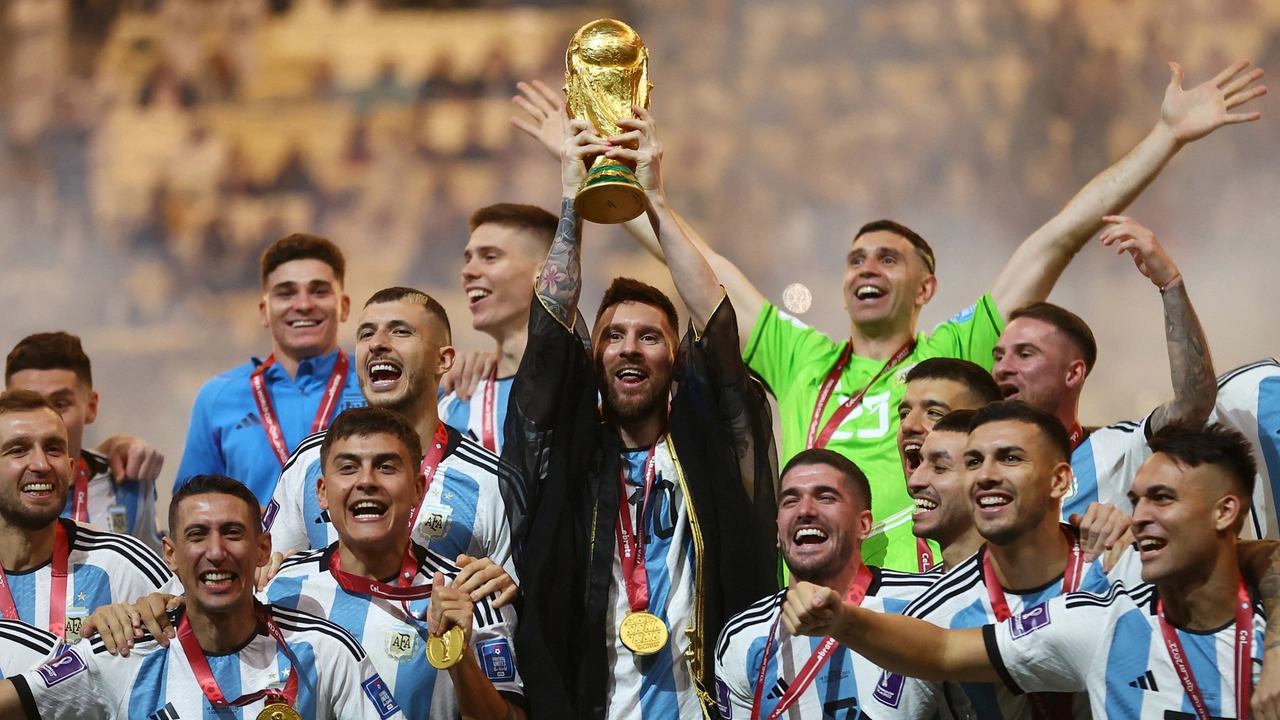Event Length in Soccer – What You Need to Know
Ever wonder why some games feel endless while others end on time? The answer lies in the rules that decide how long a match or tournament should run. Knowing the basics helps you plan your watching schedule and avoid missing the most exciting moments.
Standard match duration
A regular soccer match is split into two halves of 45 minutes each. That’s 90 minutes of play, plus whatever the referee adds for stoppages. Those extra minutes, called stoppage or injury time, usually range from one to five minutes per half, depending on fouls, substitutions, and delays.
If the game ends in a tie and a winner is needed, most leagues head straight to a penalty shoot‑out. The shoot‑out itself doesn’t add much time, but the break before it can stretch the total length a bit.
Tournament and extra time rules
In knockout tournaments, a tie after 90 minutes triggers extra time: two 15‑minute halves. That adds up to 30 more minutes of intense play. If the score is still level, the match goes to penalties.
Big events like the World Cup also have a schedule that includes rest days, group‑stage matches, and travel time. A single World Cup campaign for a team can span over a month, with each match still following the 90‑plus‑stoppage‑time rule.
For leagues with a winter break, the calendar stretches further. Teams might play two matches a week, meaning fans can see up to 180 minutes of action in a short span.
Knowing these timing rules helps you set reminders. If you’re streaming a live game, add a few extra minutes after the 90‑minute mark for the inevitable stoppage time.
Also, keep an eye on the competition format. Some regional cups skip extra time and go straight to penalties, making the overall event shorter.
So, whether you’re planning a backyard game or tuning into a global tournament, remember the basic 90‑minute structure, the possible 30 minutes of extra time, and the few minutes of stoppage. That’s the full picture of event length in soccer.
